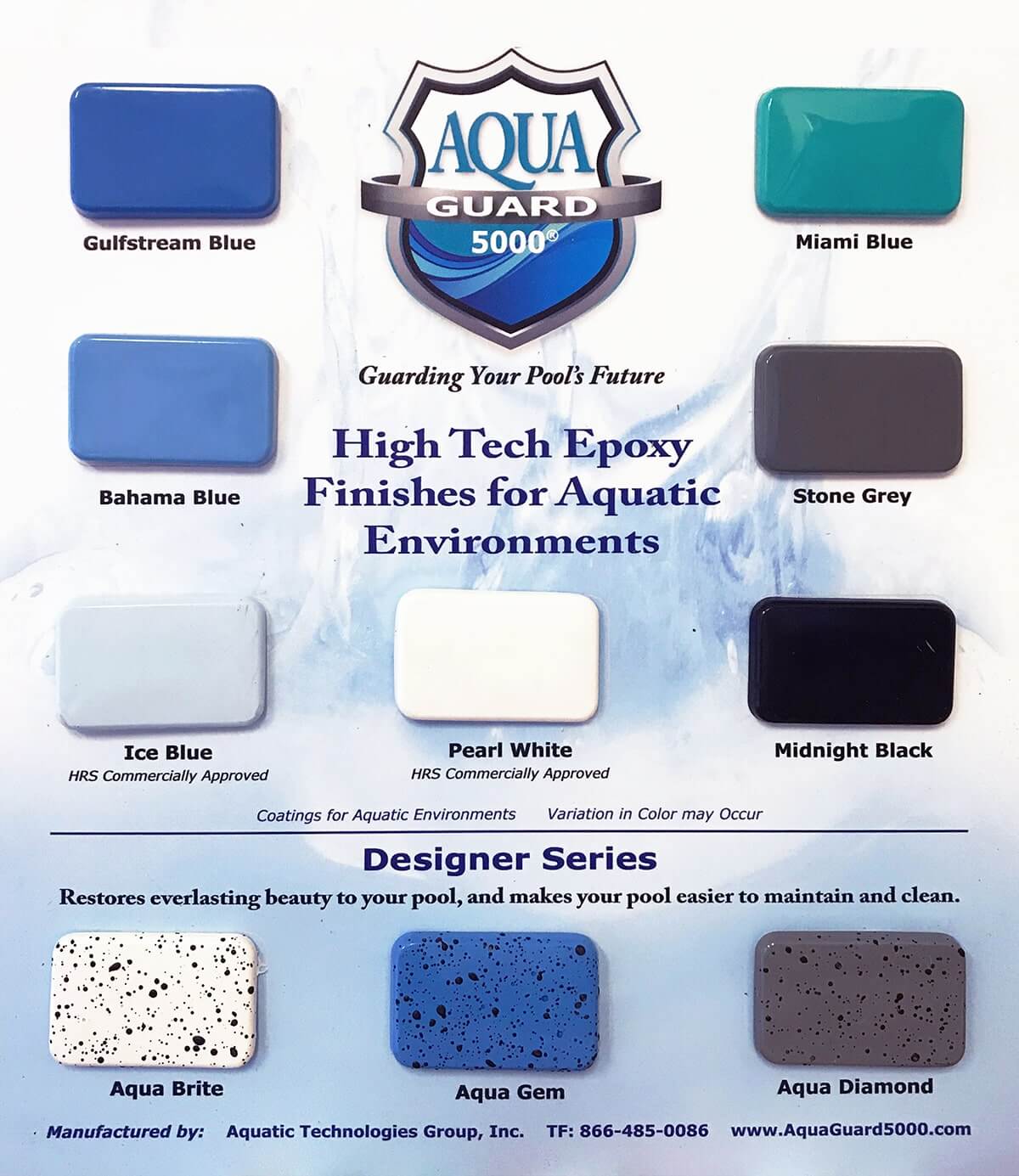How long do fiberglass pools last? This is a question that many potential pool owners grapple with when deciding on the type of swimming pool to install.
The answer, while not straightforward, can be enlightening. It’s essential to comprehend that multiple elements are involved.
Fiberglass pools have been known to last well over 50 years if they are of good quality and installed properly. But what does “good quality” entail? And how does one ensure proper installation?
In this article, we delve deeper into these aspects and more as we seek to unravel just how long fiberglass pools can serve you optimally.
Get ready to join us on an exciting journey where we unravel the intriguing question: How long can you expect your fiberglass pool to last? Whether you’re already a proud pool owner or dreaming of taking the plunge, understanding the lifespan of fiberglass pools is key. Let’s dive in together and uncover the secrets behind their remarkable durability!
The Longevity of Fiberglass Pools: What to Expect
Understanding the life expectancy of a fiberglass pool is an essential aspect when considering this type of swimming pool. If installed and maintained correctly, quality fiberglass pools can last well over 50 years.
Quality and Installation: Key Factors in Pool Lifespan
The lifespan of your fiberglass swimming pool largely depends on two main factors – build quality and installation process. The use of high-quality materials, such as vinyl ester resin, greatly contributes to creating a durable, crack-resistant fiberglass shell. This material possesses high tensile strength, which helps it withstand pressure changes without sustaining any damage.
Beyond superior materials, proper installation plays an equally important role in ensuring that your swimming pool lasts for decades. Adequate time must be allocated during the installation phase so all components are perfectly set up, preventing potential issues like leaks or cracks from occurring later down the line. Learn more about selecting top-tier products for constructing your dream fiberglass swimming pool.
In essence, investing in premium-grade fiberglass pools coupled with professional installation guarantees you many summers filled with fun without having to worry about frequent repairs or replacements.
“Want a pool that lasts? Fiberglass pools, with quality materials and proper installation, can endure for over 50 years. Dive into decades of fun without frequent repairs.”
Comparing Fiberglass Pools with Other Pool Types
The world of swimming pools is diverse, offering homeowners a range of choices from fiberglass to concrete and vinyl liner pools. Each type comes with its own set of advantages and considerations.
Fiberglass vs Concrete vs Vinyl Liner: A Cost Analysis
When it comes to the initial investment, the cost of your pool can range significantly depending on which type you select. Typically, fiberglass swimming pools cost more upfront than vinyl liner pools but less than concrete ones.
In terms of long-term maintenance costs, however, the scales tip in favor of fiberglass. These types of pools require fewer chemicals for upkeep compared to other options, which significantly reduces ongoing expenses over time.
Moving on to concrete pools, they might offer robustness and customization flexibility but at an elevated price point due to their higher susceptibility to algae buildup. This necessitates frequent cleaning sessions along with resurfacing requirements every 10-15 years or so, all adding up incrementally as time passes by.
Maintaining Your Fiberglass Pool for Longevity
Long-term durability of a fiberglass pool is not only about routine cleaning but also understanding and applying key maintenance practices.
The Role of Chemical Balance in Pool Maintenance
An essential aspect of maintaining your fiberglass swimming pool lies in maintaining the correct chemical balance. This practice keeps your pool water crystal clear, preventing issues like algae growth that could damage the gel coating over time.
Fiberglass pools are known to be resistant to algae due to their smooth surfaces. However, this doesn’t exempt them from regular testing and adjustment of water chemistry, which helps keep algae at bay while preserving both aesthetic appeal and structural integrity.
Beyond inhibiting algae growth, appropriate chemical balance also shields against potential harm caused by saltwater systems often recommended by fiberglass manufacturers.
Enhancing Your Fiberglass Pool’s Aesthetics Over Time
Fiberglass pools, over time and exposure to the elements, can experience wear that affects their visual appeal. This is particularly noticeable in pool color fading due to extended sun exposure.
Selecting The Ideal Top Coat/Paint Products For Your Pool
 The key to preserving your fiberglass pool’s aesthetic charm lies in choosing top coat/paint products specifically designed for this purpose. These coatings not only prolong the lifespan of your swimming haven but also maintain its original vibrant colors.
The key to preserving your fiberglass pool’s aesthetic charm lies in choosing top coat/paint products specifically designed for this purpose. These coatings not only prolong the lifespan of your swimming haven but also maintain its original vibrant colors.
A gel coating plays a pivotal role as it serves as an effective shield against harmful UV rays and potential chemical damage. It helps retain that glossy finish, which keeps your pool looking brand new even after years of usage. However, depending on factors such as frequency of use and maintenance practices, you may need a gel coating replacement eventually.
In selecting a product for replacing the gel coating, consider options with high ratings for UV resistance and durability. They should be robust enough to withstand regular contact with water treatment chemicals without losing effectiveness or causing discoloration.
“Want to keep your fiberglass pool looking fresh? The secret is in the top coat. Choose UV-resistant, durable options that can withstand chemicals and maintain vibrant colors.”
Planning Your Ideal Fiberglass Swimming Pool
The process of planning your perfect inground swimming pool involves several crucial steps. These include selecting a custom shape, incorporating water features, and considering potential ground movement that could lead to cracks in the fiberglass shell.
Considering Ground Movement In Your Pool Planning
An essential aspect of pool design is taking into account possible shifts in the earth’s surface, known as ground movement. This factor plays a significant role because it has the potential to create fractures in your fiberglass shell if not properly addressed during installation.
To prevent this issue, collaborate with professionals who are experienced in assessing soil conditions and making suitable recommendations for construction based on their findings.
Selecting A Custom Shape For Your Fiberglass Pool
Your choice of shape also contributes significantly towards mitigating problems related to ground movements. From freeform shapes that blend seamlessly with natural surroundings to geometric patterns offering clean lines and modern aesthetics – exploring various designs ensures you find one best suited for both practicality and personal taste. Learn more about choosing ideal shapes here.
Incorporating Water Features Into The Design Plan
- Add visual appeal: Waterfalls or fountains serve as focal points enhancing overall aesthetic value.
- Promote circulation: Jets help maintain cleanliness by promoting constant water flow.
- Create a soothing ambiance: The sound from flowing water provides relaxation effects improving user experience.
FAQs in Relation to How Long Do Fiberglass Pools Last
What is the downside of fiberglass pools?
Fiberglass pools can be more expensive upfront and offer less customization compared to other pool types. Additionally, poor installation or ground movement can potentially cause cracks.
Do fiberglass pools wear out?
Yes, over time, fiberglass pools may show signs of wear, such as color fading due to sun exposure. However, with proper maintenance and care, they can last for decades.
Can fiberglass pools last 50 years?
Absolutely. With high-quality materials, professional installation, and regular maintenance, a well-built fiberglass pool could indeed last 50 years or even longer.
What is the average life of a fiberglass pool?
The average lifespan of a properly maintained and installed fiberglass swimming pool typically ranges from 20 to upwards of 50 years.
Conclusion
Fiberglass pools are a marvel of longevity, with the potential to last over 50 years.
Quality materials and proper installation play key roles in this impressive lifespan.
The maintenance costs for fiberglass swimming pools can be lower than those for concrete or vinyl liner pools, making them an economical choice as well.
Maintaining your pool’s chemical balance is crucial to prevent issues like algae growth and damage to the gel coating that could shorten its life expectancy.
Aesthetic appeal isn’t just about looks; choosing suitable top coat/paint products can enhance longevity and preserve color in your fiberglass swimming pool.
Planning ahead during the design stage can help avoid future problems such as ground movement causing cracks in your fiberglass shell.
Ready to give your swimming pool the makeover it deserves? Look no further than AquaGuard 5000! We’re not just a company; we’re your partners in making your pool dreams a reality. With AquaGuard 5000’s top-notch solutions for pool resurfacing, refinishing, and repair, your residential or commercial pool will not only stand strong but will also shine with beauty. Don’t wait any longer – reach out today and explore how AquaGuard 5000 can turn your pool into an everlasting oasis of enjoyment.







